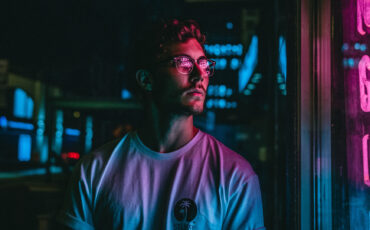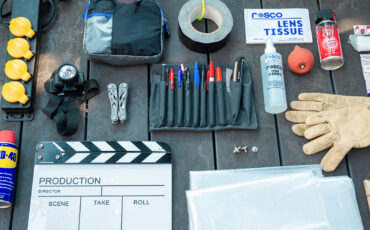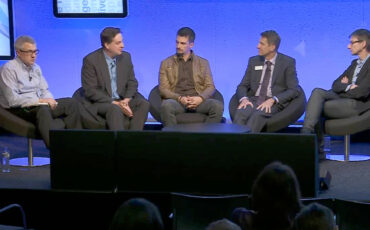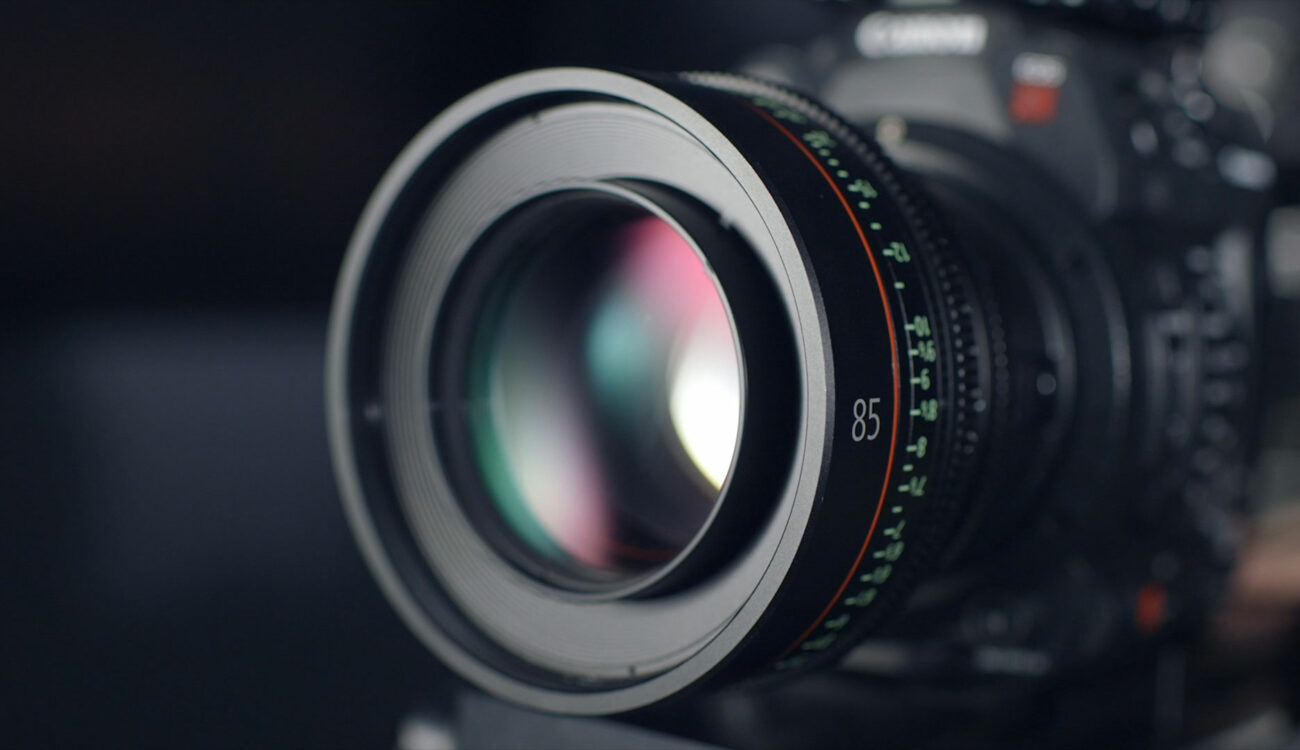
Every year, at least twenty new DSLR, mirrorless cameras, and cinema cameras hit the market. This constant flow of new technology is exciting as much as it is overwhelming. It can be tempting to always wanting to shoot with the latest thing available, but do you really need it? Is camera technology blinding us from more important stuff?
The Unicorn Quest Will Never End
The other day, I read something on a serious filmmaking blog telling that “if a camera is not capable of recording a 4K/60p 4:2:2 10 bit signal, it’s not professional.” All of a sudden, I felt that my cinema camera – that can only record 4K 4:2:0 8-bit internally – is not pro compared to some mirrorless cameras on the market.
Jokes aside, there are a lot of things involved in the creation of an image: the lenses/filters/lights/grip gear, and much more. Plus, numbers are just what they are: numbers. Numbers don’t make an image, and a camera with fewer bells and whistles can provide you a much more organic and pleasing picture.
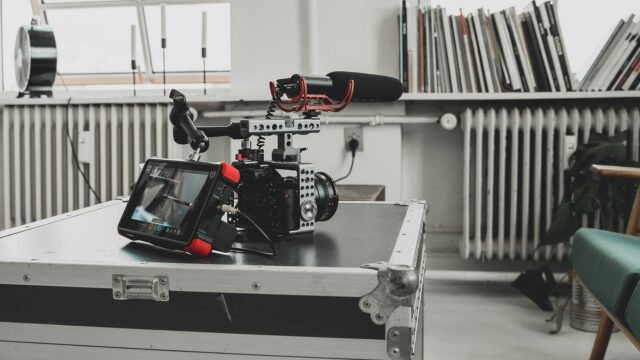
The image you can get out of a camera depends on the sensor size, image grain, color science, sharpness, noise reduction…etc. Not everything is about resolution, bit-depth, and codecs. The “feel” of the footage that comes out of the camera is far more significant to me than the actual numbers or the camera body that I use. In the end, the choice of camera depends on personal preferences.
New camera technology will always come with better specifications than what you currently have. Does it mean you have to sell your camera to get this shiny new one that just came out? I’m not so sure about it. The best camera is the one you already have.
For example, in the quest for the latest tech, I like the ARRI case. Feature films are still shot on ARRI ALEXA Classic cameras. This is a camera that came out nearly ten years ago. However, this particular tool doesn’t shoot RAW internally, it doesn’t shoot in 4K, it doesn’t feature a full-frame sensor, it is not that good in low-light situations, it is not lightweight, and the list goes on. But the image coming out of this camera is just something special.
The colors are incredible, and the way it renders the skintones is still something particular. The highlight roll-off is excellent, plus the grain of the image is superb. However, it does not have the latest technology, which we complain about if a new camera is not equipped with it.
We all want the latest tech, the new gadget that just came out. Our wishlists are full of tools and toys for filmmakers. Plus, there is always a new camera that came out with features we feel we need that could produce better images. But do we need all these features?
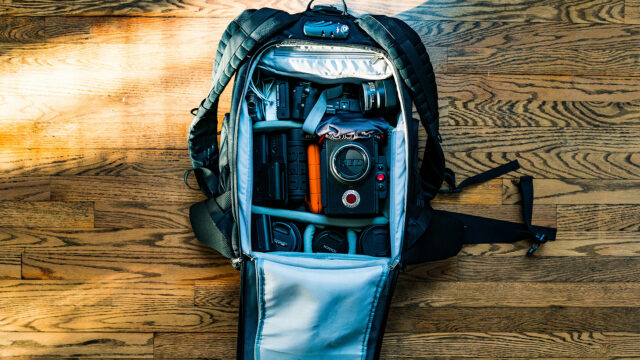
Camera Technology – Shooting in RAW
In recent years, the cost of shooting in RAW has dropped widely. Storage is more affordable, and cameras that were nearly impossible to buy or rent ten years ago are now within reach for anyone. Don’t get me wrong here; it’s a good thing that these tools are now available to every independent filmmaker, small production companies, and so on.
But, shooting in RAW seems to be a new trend. And like every trend, I often see some abuse of it. Did you ever shoot a project in RAW for no reason, without thinking if there are any benefits of doing so? We shoot in RAW even if it’s not required, without even thinking of what it implies on set and in post-production.
The RAW “hype” is even bigger around RED cameras. But do you need to shoot your next project on a RED, and does it make sense? If we exaggerate things a bit, you can shoot a rock on the ground with either an iPhone or a RED; if the set design, the framing, the lighting, and so on is weak, it will not look that much better on a RED.
Recently, I was the DP on a white cyclorama studio shoot with a director that absolutely wanted to shoot RAW. I tried to explain to him that the low dynamic range of the various scenes that were mostly backlit did not require us to shoot in RAW. There was no advantage in doing so: no heavy VFX to put on top of the footage, we could control the lighting, the look was 99% baked in, so no dramatic changes in post. His answer is something that I heard a thousand times: “yes, but RAW is better.” Ok, no problems, the client is king, let’s do it.
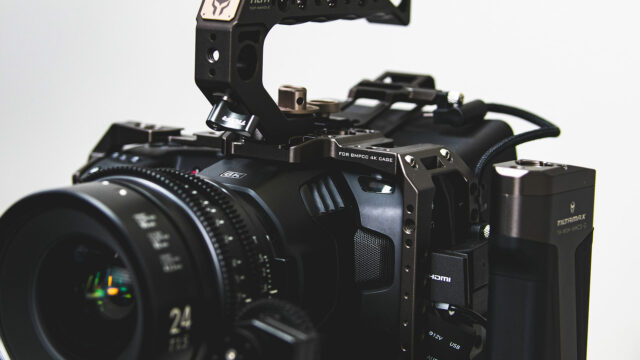
RAW is not Always Better
If you (or your crew) know what you are doing with your camera and how to handle the footage in post-production, sure, RAW is most of the time better.
But, there are times, and especially on first-time short films – and it’s not a criticism at all -, I see directors that want to shoot in RAW for the wrong reasons. You’ve probably caught that sentence once: « by shooting RAW, we can change everything in post.» In the end, it’s halfway right, and yes, you can change a lot of things in post-production, but not “everything.”
One of the numerous valuable things in the film business is time. Your time, the time of your crew, the time of your talents, the time in post-production, it’s what will drain most of your budget. Time is money, and it takes a lot of time to « change everything in post.»
To me, if you are shooting RAW for this reason only, you’re making a huge mistake. If you think it will make your cinematography or storytelling better, you’re shooting yourself in the foot.
If a director doesn’t know how they want the film or picture to look like, they can’t communicate a vision with the DP and the crew. I can understand that a first-time director may not be confident with his own story, that he is stressed out about his first experience directing talents and crew, there’s nothing wrong about it; we all started here. But, listen to your team, and if you just want to shoot RAW to make creative decisions later on, it’s probably not the best decision.
A lot of times, you can’t make in post-production the same type of creative decisions you did not take on set. However, if you have a colorist at the end of the post-production chain, he/she can save and correct a few things you did not get right on set. It’s great, but it’s not magic.
The time of a colorist is valuable, and it’ll probably cost you more if he/she has to correct things and create a look from scratch. If you get things right on set, he/she can spend more time enhancing the decisions you took. Of course, this only applies on a perfect world if there is someone at the end of the post-production chain that knows what he is doing.
I’ve seen so many projects shoot in RAW where the person at the end of the process doesn’t know how to get the best out of the footage. I’ve seen editors applying whatever cool LUT looks to the image and adjust the WB a bit, and boom, that’s it. If we had shot on a REC.709 4:2:0 8 bit camera, it would have probably been the same.
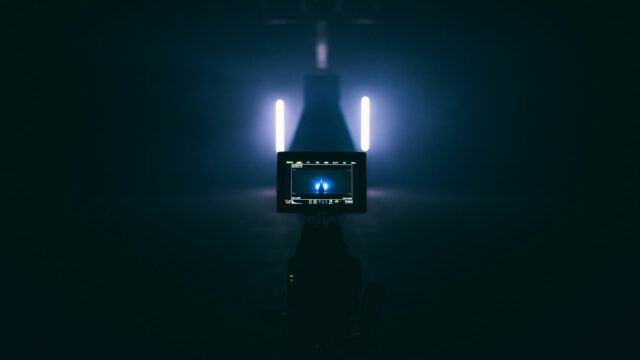
The Use of LOG Picture Profiles
Nearly everything above about RAW could also apply to the use of LOG shooting profiles. I often read online that “if you are not shooting in LOG, you are not pro. Shooting in LOG takes your footage to the next level.” Well, around 80/90% of the time, I don’t shoot in LOG.
The number one reason is that it doesn’t fit every project. In most situations, it doesn’t make sense to have 12 or more stops of dynamic range if I’m shooting in a studio or an interior place with controlled lighting.
Second thing, you got it, it takes time in post, and for fast turn-over projects, filmmakers usually don’t have that time. I prefer to get most of the job and look done on set whenever it is possible.
And finally, most cameras record (internally) an 8-bit signal. So in a run-n-gun situation, if I’m not using an external recorder, shooting in LOG will probably cause more artifacts than using any other “standard” picture profile.
In specific scenarios, shooting in LOG is useful, but you have to understand how to expose it properly, how to get the most out of it in post-production, and so on.
In the end, if you only do a simple color correction by applying a REC.709 conversion LUT, the hassle of shooting in LOG is maybe not worth it. Try thinking about it the next time you want to shoot in LOG.
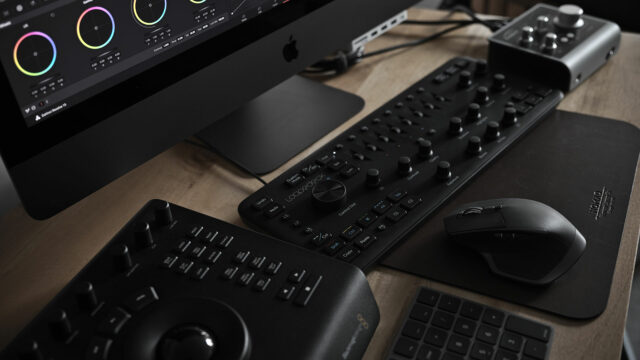
The Breaking Point
Most of the projects I see – and it’s not a criticism at all – are not using all the data in their footage. The breaking point of the signal is miles ahead. It’s not a bad thing; you are rarely at the real breaking point of an image in post-production. If you are reaching that point, it often means that you’re probably trying to correct something you did wrong on set.
So investing in a new camera technology that can capture more data than what you use doesn’t make a lot of sense if you don’t use it. It’s like investing in a car that can reach 250 mph, but the speed limit is 75 mph. Sure it looks cool, and you can go to a certain speed, but do you need to spend all that extra money if you don’t use it?
The same things happen in the camera resolution battle. 4K/6K/8K and even 12K cameras are here, and it’s a great thing. Precise production and filmmakers need this extra resolution for a particular reason. Sometimes a client has a specific purpose, and they want 4K, which is fine because they can justify it.
However, when a client asks me what camera I’m shooting on, I’m always curious to know why. The reason is simple, 99% of the time, they don’t know why they want something, and it’s just a marketing thing.
Indeed, if they have some severe inputs, I have no problems with that and will be happy to shoot with whatever camera they want. But in the vast majority of cases, they just saw X or Y brand/model of a camera somewhere else on $15,000 music videos, but the budget is only $900 for their music video.
On the big-budget video shoots, camera technology is only 10% of the equation, and the talent of your crew plus all the lighting/grip/lenses/props and so on are what makes the biggest difference.
Also, as filmmakers, I think we should not bury our heads. I’ve been shooting all my projects in at least 4K resolution for five years. To this day, I have never delivered a project in 4K yet. A vast majority of the projects I’m working on end up on broadcasting, where 4K is not even an option; they still want 1080p. The other part that ends up on YouTube doesn’t require 4K deliveries either. All of my clients always need and want 1080p final delivery. Do they care if I shot their project in 4K? No. Do they care if the 4K signal is 4:2:2 10 bit? Not at all.
I remember some time ago shooting a commercial in 6K RAW on a RED Epic Dragon, and the final product was standard definition (720 x 576) on national broadcasting. Does it make sense, and did we use all that extra resolution? No, it was just a pain to work with such huge files from start to finish. But, if the clients want it, again, the client is king.
Let’s face it, most of the projects we shoot end up on social media: in 16:9 if you are lucky, in a square Instagram format if you are not. 4K and above resolutions are a marketing thing for consumers and filmmakers. It’ll not be a standard – like HD is now – unless 5/10 years. You have plenty of time.
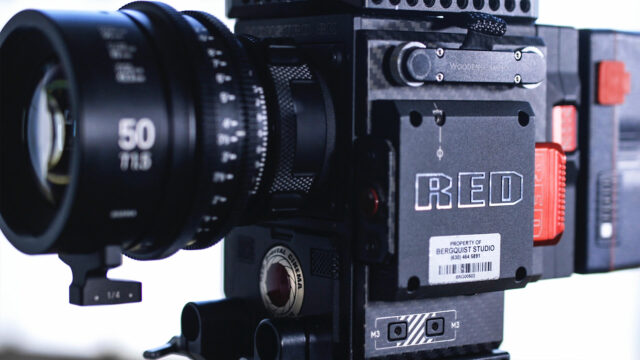
A Camera Doesn’t Operate On Its Own
Investing in camera technology can potentially land you some gigs. This is the kind of job that you get because of your gear; they don’t call you for your creativity. But, you are not a rental house and technology moves quickly. Once the lifespan of your camera is over, they will potentially not call you back.
Also, on independent projects, I’m sure you all have been asked multiple times to work for free because “all of the budgets went into renting the latest camera available,” with no budget left for audio/grip/lighting/crew. You can borrow and shoot your next film on an ARRI LF if you want. Otherwise, the camera won’t operate on its own.
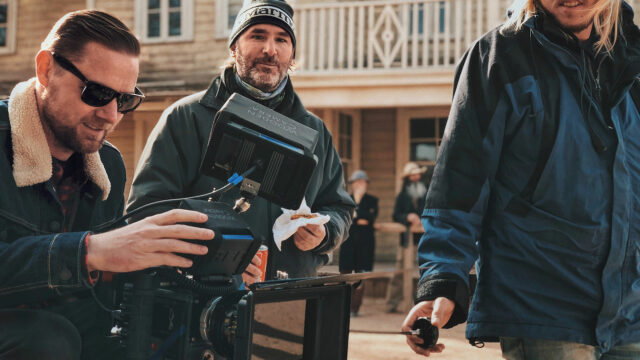
To me, I’d rather pay an experienced DP and shoot with a less expensive camera. Shoot with whatever is available to you; it doesn’t matter if it’s a lower-end camera. With all the extra money, you can rent cool glasses, more lights, and shaping tools. But more importantly, pay your crew – even a bit, and don’t forget to feed them properly – and hire more technicians, or technicians with more experience.
Finally, on small independent projects, spend some money to employ other departments that are usually cut off but are crucial, like art direction/wardrobe/hair and makeup, and so on. They will bring more value to your project than any gear available on the market. They will come up with their experience, and they’ll care about your project. Craftmanship value doesn’t have a price.
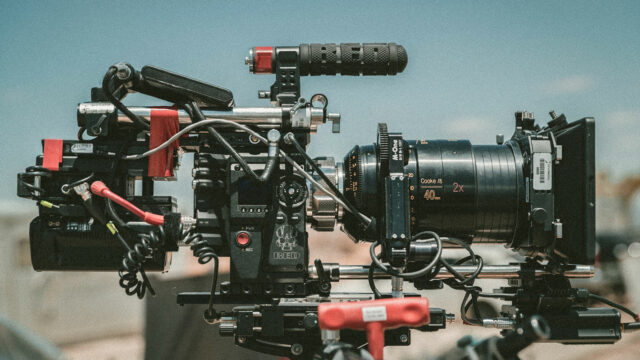
Technology Change, Craftmanship Don’t
As I said previously, time and craftsmanship are some of the most valuable assets you have. The best investment you can make for your career is not a new camera, a new set of lenses, or whatever piece of equipment you dream of having. The best investment is yourself.
Technology moves fast, tools change, but how we tell a story have not changed a lot for years. You can learn a lot of things through classes, internships, or on a shoot. I promise you that learning a new skillset or perfecting your craft is worth a thousand more than every piece of gear you can think of.
I still retain some value from courses that I bought years ago; this is the type of thing I can’t say about my good old Panasonic AG-DVX100. Invest in your knowledge, and invest in the equipment if you need it later.
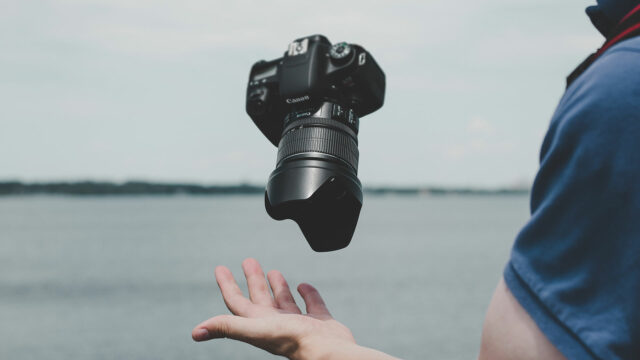
Camera Technology is Blinding Us
Of course, everything that I explained above doesn’t necessarily apply to feature films and big budget seven-figures projects. It’s my point of view on projects where the budget is tight.
But, what we can learn from it is that if you shoot things “right,” with excellent lighting setup, a great composition, the right talents, a good story, and a perfect sound, viewers don’t care at all if you used a $500 or a $50,000 camera. The story is king and will always be. If the viewer has time to ask himself, “what camera did they shot this on?” your script is probably the answer to all your technical problems.
It is easy to say that camera technology is blinding us, so don’t let a spec sheet make you feel bad about your current gear; it is ok to do the job with what you have. If what you create on set is really great, you’ll get noticed, let time do its thing.
What do you think about it? Do you think camera technology is blinding us too? Don’t hesitate to let us know in the comments below!
